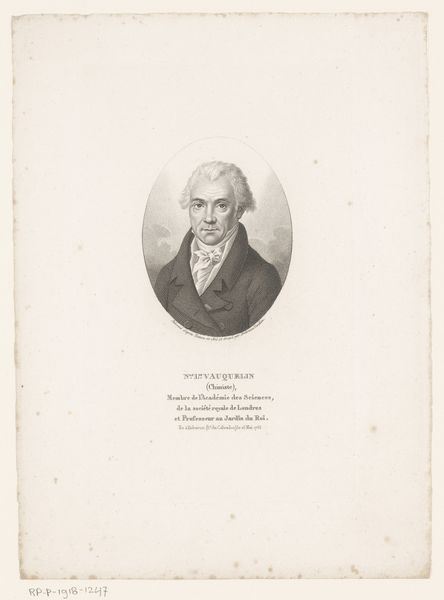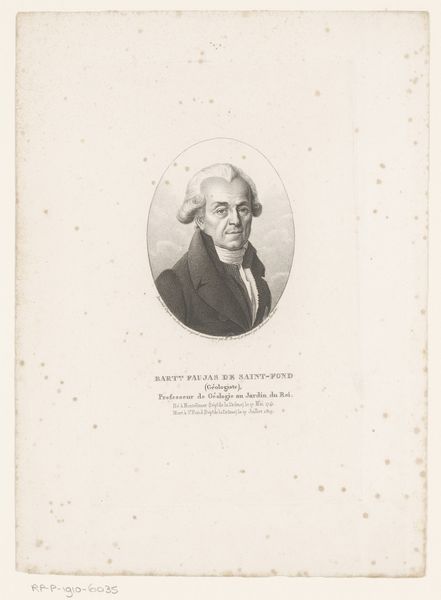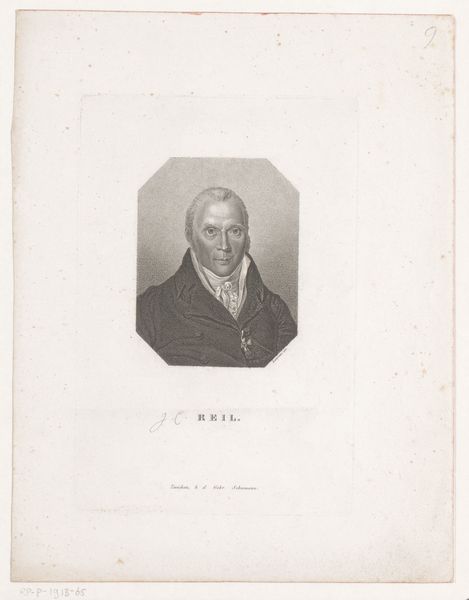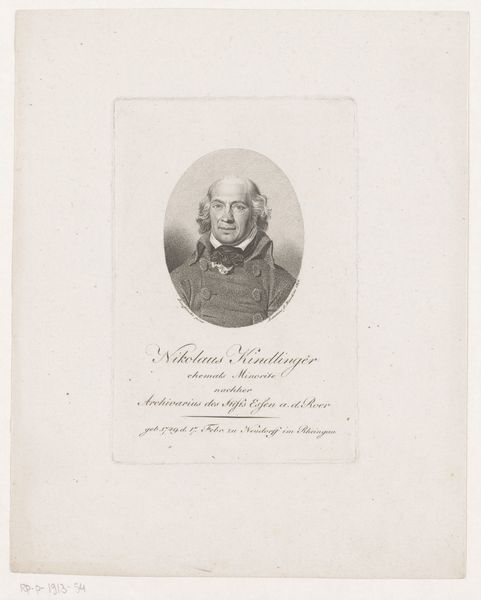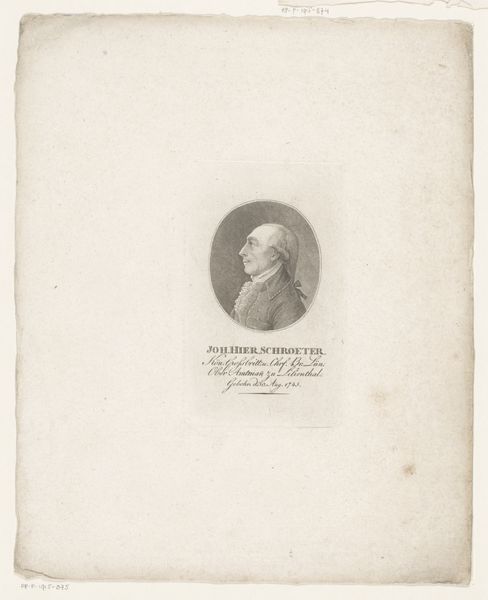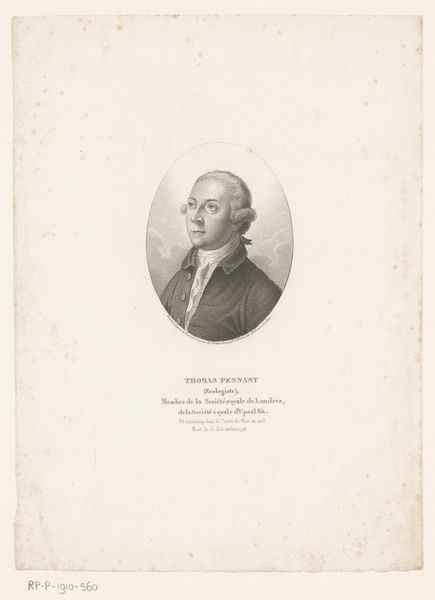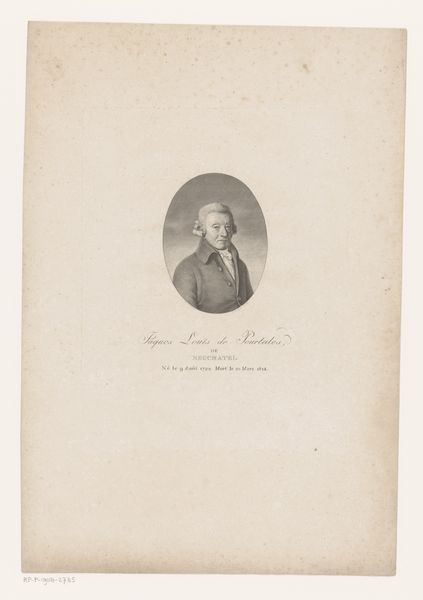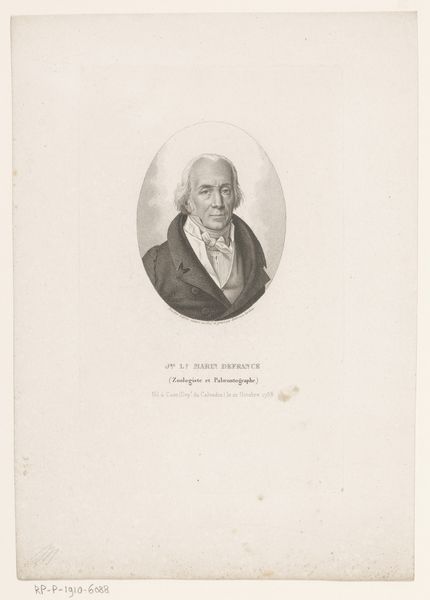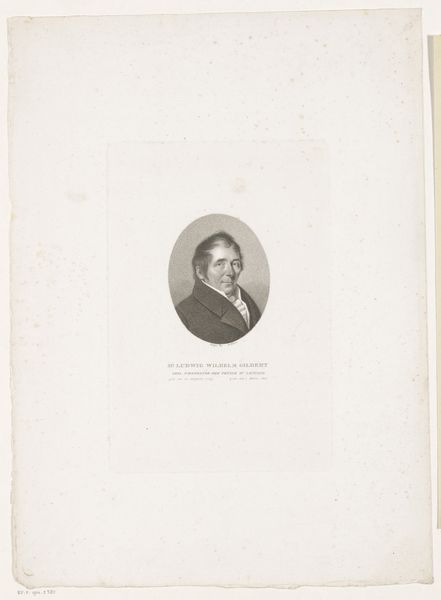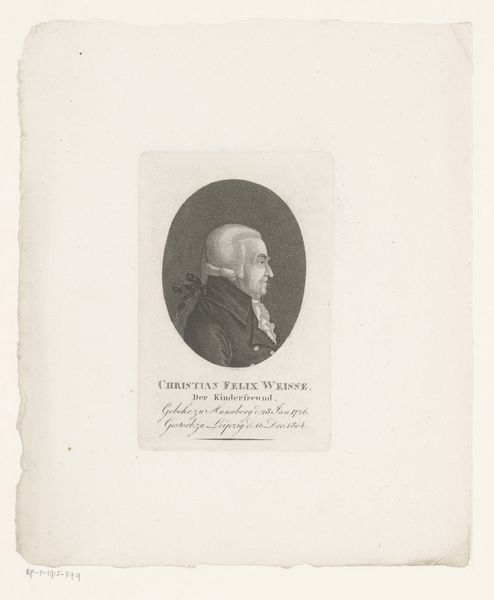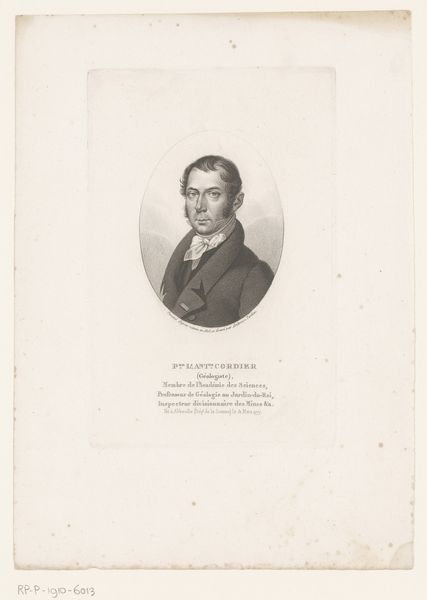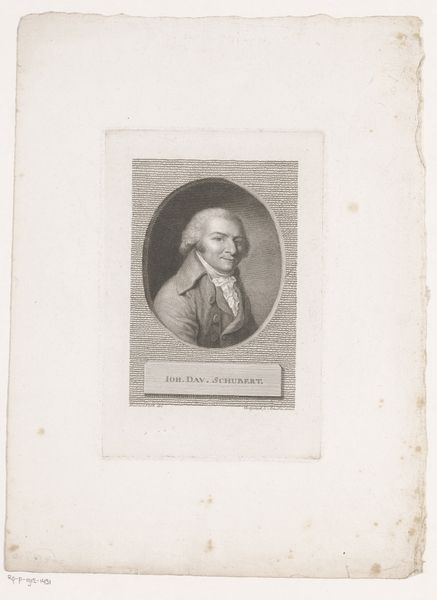
print, paper, engraving
#
portrait
#
neoclacissism
# print
#
old engraving style
#
paper
#
line
#
history-painting
#
academic-art
#
engraving
#
realism
Dimensions: height 216 mm, width 136 mm
Copyright: Rijks Museum: Open Domain
Curator: This engraving, made in 1824, presents a likeness of Louis Lefèvre-Gineau by Ambroise Tardieu. It’s an intriguing example of neoclassical portraiture. Editor: Ah, neoclassical. The crisp lines, the formal composure... but even so, I can almost smell the paper, feel the etched grooves. There’s a ghost of personality clinging to it despite the rather stern pose. Curator: The style definitely leans into that restrained formality, drawing from academic art traditions. Lefèvre-Gineau was a prominent physicist; his image, through this portrait, becomes a symbol of enlightenment rationality and scientific achievement. How does that historical positioning speak to you? Editor: Well, looking at him, I get the sense of a man balancing his public persona and perhaps a more private self. That cravat seems a little too tight, doesn’t it? Almost like he’s holding himself back, according to the demands and restrictions that existed for academics in the 1820s. What do you think about its statement about class and societal norms at the time? Curator: Absolutely. Consider also that prints like this circulated widely, becoming a way of disseminating images of power and knowledge. The subject is centered but also placed within the broader sociopolitical landscape—the work actively participates in constructing ideals of masculinity, reason, and French identity. Editor: You know, despite the potential stiffness of a reproduced portrait, it almost feels like a photograph. A freeze-frame of someone caught between thoughts. Is he judging me, or am I projecting? The way the light etches out the detail… it really does humanize a figure that risks being too purely intellectual. It invites speculation beyond the immediate historical facts, I think. Curator: I concur. And beyond the aesthetic execution, we must consider who had access to images like these and what that accessibility—or lack thereof—meant for the social stratification of the era. Editor: This makes me question our contemporary relationship with portraiture now; filtered, immediate and readily accessible. If Gineau could see us now and how many representations exist, he may faint. This exploration through art offers such insightful perspective on the subject of individual against societal expectation.
Comments
No comments
Be the first to comment and join the conversation on the ultimate creative platform.
